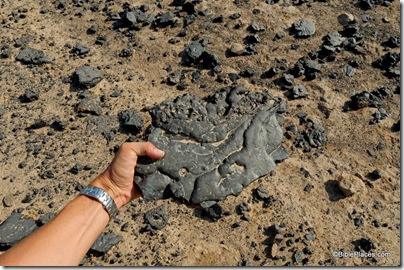Recently Dr. Thomas Levy of the University of California at San Diego was inducted into the National Academy of Sciences. In conjunction with that, he published an article in their journal (abstract here) about his work at Khirbet en-Nahas, including his belief that the copper mines were in operation here during the time that the Bible records King Solomon as mining copper. Lots of new sources and blogs have made a big deal out of the story, and while it is a good story, it is not a new story. If you haven’t read about it before, or if you need a refresher, by all means read it again. But if it all sounds familiar, you know why (NY Times 2006 article here; see also article in a recent issue of Biblical Archaeology Review).
The university press release is here. There’s a good 12-minute video made by the university (with dozens of BiblePlaces.com photos used without even a kind mention of their source). You can find many more articles by searching for “Levy copper mines.”



4 thoughts on “Copper Mines from Time of Solomon”
So how much does a piece of slag like that weigh?
The slag is comparable to rock on the denser end of the spectrum. Like a tough limestone.
So the piece in the last photo: idunno, 7-8 lbs?
http://www.foxnews.com/wires/2008Oct25/0,4670,MLIsraelHolySepulcher,00.html
Todd — Check out this article, sent to me by David Rentz, IBEX 97. The ladder is mentioned in the last paragraph. And the legend goes on…
Andy Glatfelter
Yes, this is slag, but a natural impact slag which was the source of the copper, not the resulting waste slag after processing. The density gives it away. Processed 'industrial' slag has low density after the extraction of the metals, whereas this material approaches the density of hematite. The very same impact slag exists in the new world in Southeastern Pennsylvania.
https://picasaweb.google.com/106045608115852817529/CometImpactSlagIronOre